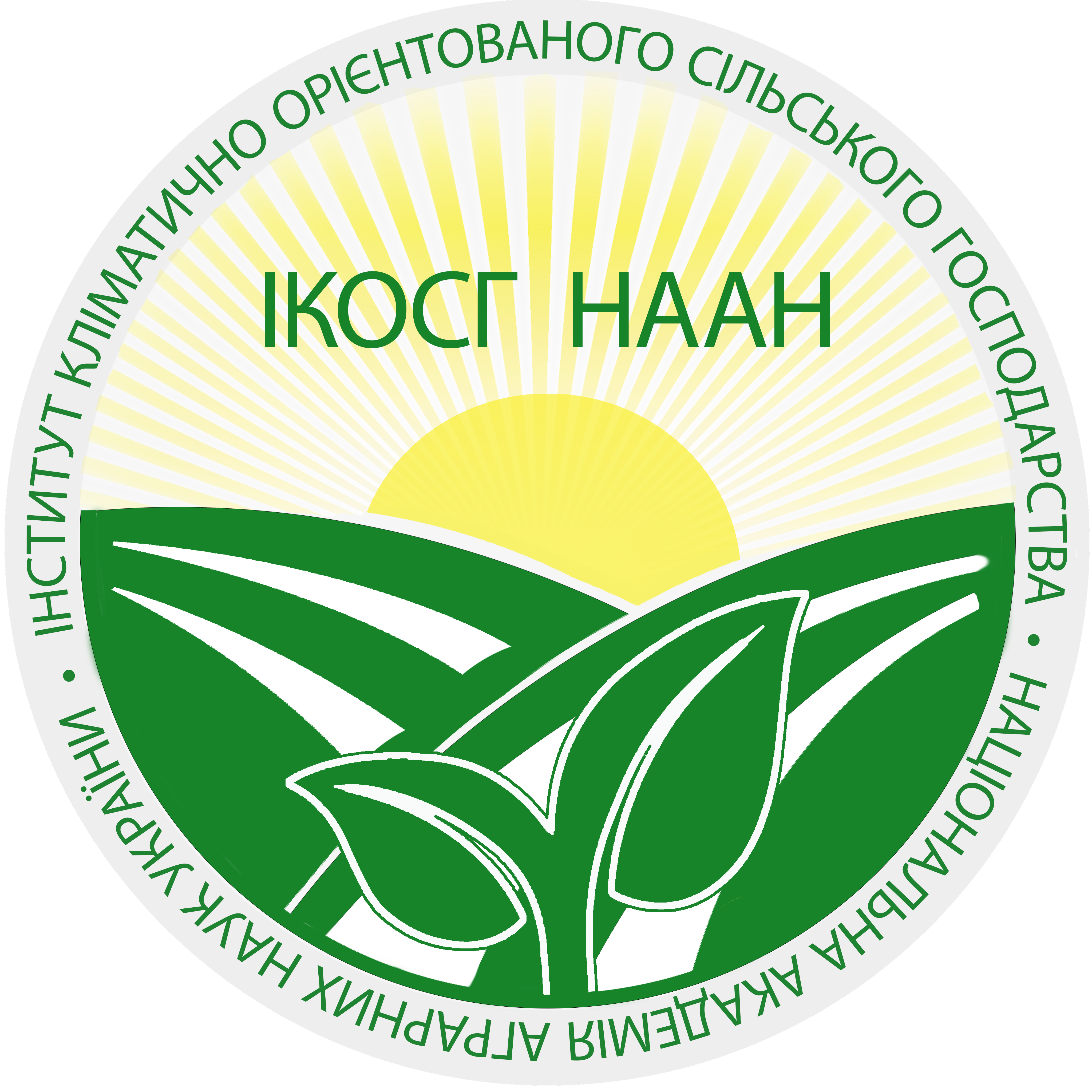ВОДНИЙ РЕЖИМ І ВРОЖАЙНІСТЬ ТОМАТІВ ЗА ПІДҐРУНТОВОГО КРАПЛИННОГО ЗРОШЕННЯ
Анотація
Мета. Вивчити вплив параметрів технології підґрунтового краплинного зрошення (SDI) органічного розсадного томата на водний режим ґрунту, ростові процеси і продуктивність рослин. Методи. Короткотерміновий польовий дослід, аналітичні і статистичні методи обробки експериментальних даних. Результати досліджень. Підґрунтове краплинне зрошення розглянуто як ключовий фактор вирощування органічного томата в умовах Степу України. Саме такий спосіб зрошення мінімізує сходи бурʼянів та розвиток збудників патогенних хвороб. Польові експериментальні дослідження проведено протягом 2019–2021 рр. у межах землекористування Приватного підприємства «Агро Ліга». Особливість проведення польового досліду – виробничі умови в межах 150 га масиву. Площа під виробничими дослідними ділянками відповідала поливним модулям системи SDI: варіант із глибиною закладання поливних трубопроводів (ПТ) 10 см – 8,6 га, а з глибиною закладання ПТ 25 см – 8,2 га. Результати експериментальних досліджень показали, що глибина закладання поливних трубопроводів (ПТ) достовірно впливала як на продукційні процеси рослин томата розсадного, так і на формування водного режиму ґрунту. Евапотранспірація залежно від варіантів досліду становила: 6,84 тис. м3/га і 6,72 тис.м3/га у 2019 р., 6,38 тис. м3/га та 6,15 тис. м3/га у 2020 р. і 7,74 та 7,75 тис. м3/га протягом 2021 р. за укладання ПТ на 10 см і 25 см відповідно. Встановлено, що вищу інтенсивність ростових процесів та продуктивність культури забезпечувало закладання ПТ на глибину 25 см. Достовірно нижчі значення отримано для умов підґрунтового краплинного зрошення із закладанням ПТ на глибину 10 см. Висновки. Доведено, що різні конструкції систем підґрунтового краплинного зрошення, а саме – глибина укладання поливних трубопроводів, достовірно впливали на параметри росту і розвитку рослин, структуру врожаю та врожайність томата розсадного. Встановлено, що укладання ПТ на глибину 25 см є більш доцільним, ніж на 10 см. Систематичні спостереження за динамікою вологості кореневого шару ґрунту та евапотранспірацією рослин показали, що за реалізації такого варіанту формувався більш оптимальний водний режим ґрунту (80–100 % від НВ ґрунту) та значно менше вологи втрачалось на фізичне випаровування, що є непродуктивними втратами За три роки досліджень середній показник врожайності плодів томата за укладання ПТ на глибину 25 см склав 72,63 т/га, тоді як за укладання ПТ на глибину 10 см – 55,87 т/га.
Посилання
2. Транспіраційний коефіцієнт томата залежно від гранулометричного складу ґрунту / Журавльов О.В. та ін. Аграрні інновації. 2021. № 6. С. 5–10. https://doi. org/10.32848/agrar.innov.2021.6.1
3. Hanson, B., May, D. Effect of subsurface drip irrigation on processing tomato yield, water table depth, soil salinity, and profitability. Agricultural Water Management. 2004. Volume 68. Issue1,15. Р. 1–17. https://doi.org/10.1016/j. agwat.2004.03.003
4. Hanson, B., May, D. The effect of drip line placement on yield and quality of drip-irrigated processing tomatoes. Irrigation and Drainage Systems (21). 2007. P. 109–118. https://doi.org/10.1007/s10795-007-9023-5
5. Patel, N., Rajput, T.B. Effect of subsurface drip irrigation on onion yield. Irrigation Science. 2009. № 27. Р. 88–97. https://doi.org/10.1007/s00271-008-0125-0.
6. Ayars J.E., Fulton A., Taylor B. Subsurface drip irrigation in California – Here to stay?. Agricultural Water Management. 2015. Volume 157. Р. 39–47. https://doi. org/10.1016/j.agwat.2015.01.001
7. Daniel Geisseler, Brenna J. Aegerter, Eugene M. Miyao, Tom Turini, Michael D. Cahn. Nitrogen in soil and subsurface drip-irrigated processing tomato plants (Solanum lycopersicum L.) as affected by fertilization level. Scientia Horticulturae. 2020. Volume 261. https:// doi.org/10.1016/j.scienta.2019.108999
8. Rui M. A. Machado, Maria do Rosário, G. Oliveira & Carlos A. M. Portas. Tomato root distribution, yield and fruit quality under subsurface drip irrigation. Roots: The Dynamic Interface between Plants and the Earth (DPSS,volume 101). 2003. P. 333–341.
9. Proximity to subsurface drip irrigation emitters altered soil microbial communities in two commercial processing tomato fields. / Michelle Quach et al. Applied Soil Ecology. 2022. Volume 171. https://doi.org/10.1016/j. apsoil.2021.104315
10. Методика польового досліду (зрошуване землеробство) / В.О. Ушкаренко та ін. Херсон : Грінь Д.С., 2014. 448 с.
11. Підґрунтове краплинне зрошення: технічні та технологічні аспекти. / А.П. Шатковський та ін. Зерно. 2020. № 12. С. 62–66.
12. Шатковський А.П., Журавльов О.В. Управління краплинним зрошенням на основі використання Інтернет-метеостанцій iMetos®. Наукові доповіді НУБіП України. 2016. № 2(59). DOI: 10.31548/ dopovidi2016.02.007
13. iMetos-ECO-D2 / A reliable and cost-effective solution for Soil Moisture monitoring, Rain, Water level and Irrigation Management [Електронний ресурс] / Режим доступу: http://metos.at/page/en/products/2/iMetos-ECO-D2.
14. Якість ґрунту. Визначання щільності складення на суху масу: ДСТУ ISO 11272:2001 (ISO 11272:1998, ІDТ). – [Чинний від 2003.07.01]. – Київ: Держспоживстандарт України, 2008. 12 с. (Національні стандарти України).






